The Weill Neurohub Fellows Program
This program trains the next generation of innovators and help launch their careers as independent researchers by supporting graduate students, post-docs, and post-residency MDs aspiring to be clinician-scientists. This funding provides opportunities for Weill Neurohub Fellows to spend time on multiple campuses.
The 2025-2027 Fellows
-

Chary Batista, PhD
University of Washington
Dr. Batista works in the labs of Steve Perlmutter and Sarah E Mondello at University of Washington. Her project aims to promote functional recovery after cervical spinal cord injury by combining neural stem cell transplantation with spinal stimulation to facilitate the integration of stem cells-derived axons into functional neural circuits. To further enhance regeneration, Intracellular Sigma Peptide will be used to reduce inhibitory barriers.
-

Julianna Brutman, PhD
University of Washington
Dr. Julianna Brutman works in Dr. Paul Valdmanis’s lab at the University of Washington. Her research aims to elucidate the functional consequences of novel genetic regulation changes in the brain, specifically in Alzheimer’s disease. Julianna’s goal is to leverage neurogenetics to better inform current treatment strategies for neurodegenerative diseases.
-

Chiara Caldinelli, PhD
UC Berkeley
Dr. Caldinelli works in Anne Collins' group at UC Berkeley. Her work focuses on integrating computational modelling and magnetic resonance imaging with the goal of understanding the role of the thalamus in rule learning under uncertainty.
-

Nahuel Foressi, PhD
University of Washington
Dr. Foressi works in Andrés Barría’s lab at University of Washington. He studies strategies to enhance memory by selectively strengthening active synapses in the hippocampus. His project combines high-throughput drug discovery with advanced imaging to uncover mechanisms of synaptic plasticity and identify novel therapeutic candidates. Ultimately, the goal is to develop innovative, synapse-selective approaches to improve learning, memory, and cognitive resilience.
-

Pierre-Marie Dominique Gardères, PhD
UC Berkeley
Dr. Gardères works in Dan Feldman’s lab at UC Berkeley. His goal is to identify biomarkers of disrupted communication across cortical columns and areas in mice models of autism, and test targeted interventions to restore sensory processing, using behavioral assays, electrophysiological recordings, and computational modeling of cortical circuits.
-

Olivia Goldman, PhD
UC Berkeley
Dr. Goldman works in Diana Bautista’s lab at UC Berkeley. She investigates the cellular and molecular mechanisms by which viral infection triggers pain, particularly in the form of headaches. This work may lead to new therapeutic strategies for headache and shed light on fundamental principles of neuroimmune interactions in the peripheral nervous system.
-

Roya Huang, PhD
UC Berkeley
Dr. Huang works in Steve Brohawn’s lab at UC Berkeley. She is investigating how nodes of Ranvier develop and regenerate at an ultrastructural level, using cryo-electron tomography to investigate organization at the nanometer scale. Findings from these experiments are relevant to studies of neural development and neurodegeneration, including cases of node disruption in diseases like multiple sclerosis and neuromyelitis optica.
-

Jason Kang, MD, PhD
University of Washington
Dr. Kang works in Marco Pravetoni’s lab at the University of Washington. His research focuses on engineering antibody-based immunotherapeutics for maternal-fetal health. His work aims to both understand and counteract the neurodevelopmental consequences of prenatal fentanyl exposure.
-

Gerick Lee, PhD
UC Berkeley
Dr. Lee works in Liberty Hamilton's lab at UC Berkeley. He uses intracranial recordings, taken during the course of inpatient epilepsy monitoring, to study how speech processing develops in the brain. He aims to understand how and when the neural mechanisms supporting communication emerge, both to better understand nervous system function and to guide potential therapies for communication disorders.
-

Dillys Liu, PhD, MPH
UCSF
Dr. Liu works in Kristine Yaffe’s lab at UCSF. Her project focuses on understanding how changes in cerebral small vessel disease (cSVD) contribute to disease progression, using state-of-the-art brain MRI and machine learning techniques applied to well-characterized cohorts of older adults. By identifying new modifiable risk factors and prognostic markers, her aim is to advance prevention efforts for Alzheimer’s disease and related dementias.
-

Lihui Lu, PhD
UCSF
Dr. Lu works in Evan Feinberg’s lab at UCSF. He is interested in how sensory input is represented in the brain and transformed into motor commands. His work focuses on combining quantitative behavior assays with in vivo physiological recordings and cell-type-specific manipulations to study the neural circuit mechanisms of sensory perception.
-
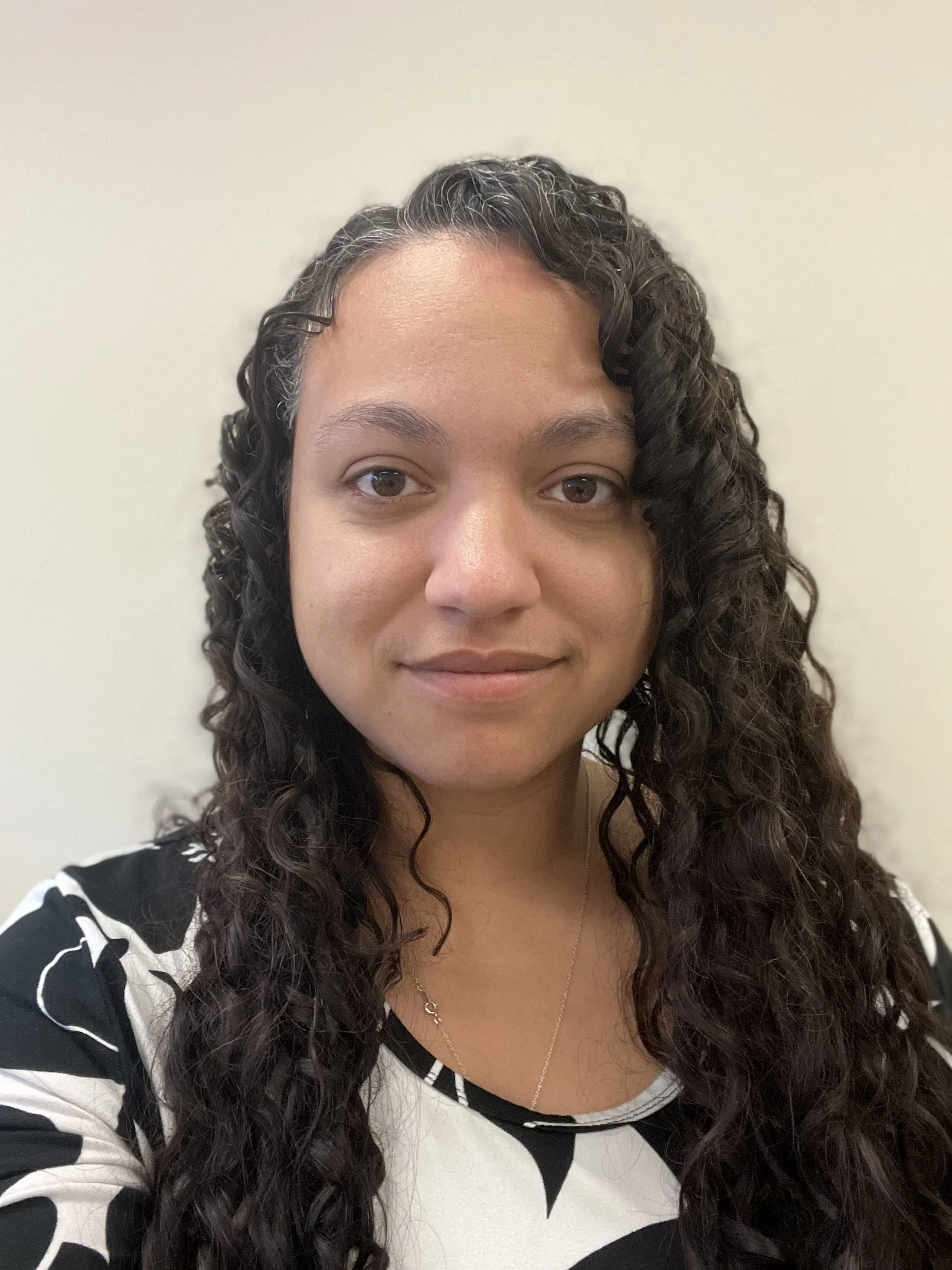
Carlie Neiswanger, PhD
University of Washington
Dr. Neiswanger works in the Heshmati Lab at the University of Washington. Her current research focuses on interrogating the interaction between pain and emergence from anesthesia at the behavioral and circuit level using 1-photon imaging, chemogenetic manipulation, and machine learning. The goal is to identify therapeutic targets that may improve patient outcomes while characterising mouse models of post-anesthetic agitation and delirium related to chronic pain states.
-

Maya Nesbit, PhD
UCSF
Dr. Nesbit works in Dr. Vikaas Sohal’s lab at UCSF. She is studying how dopamine shapes prefrontal cortex mechanisms of cognitive flexibility. Her research examines how dopamine modulates specific prefrontal neuron subpopulations to coordinate synchronous activity with key brain regions that support flexible behaviors. Using genetic and electrophysiological approaches.
-

Lisa Randolph, PhD
UCSF
Dr. Randolph works in Anna Molofsky’s lab at UCSF. She is studying how antiviral responses in the brain shape neural circuitry by regulating microglial-neuronal interactions. Her work will determine the impact of microglial engulfment of living neurons both in healthy brain development and in the context of early life viral infections and type I interferonopathies.
-
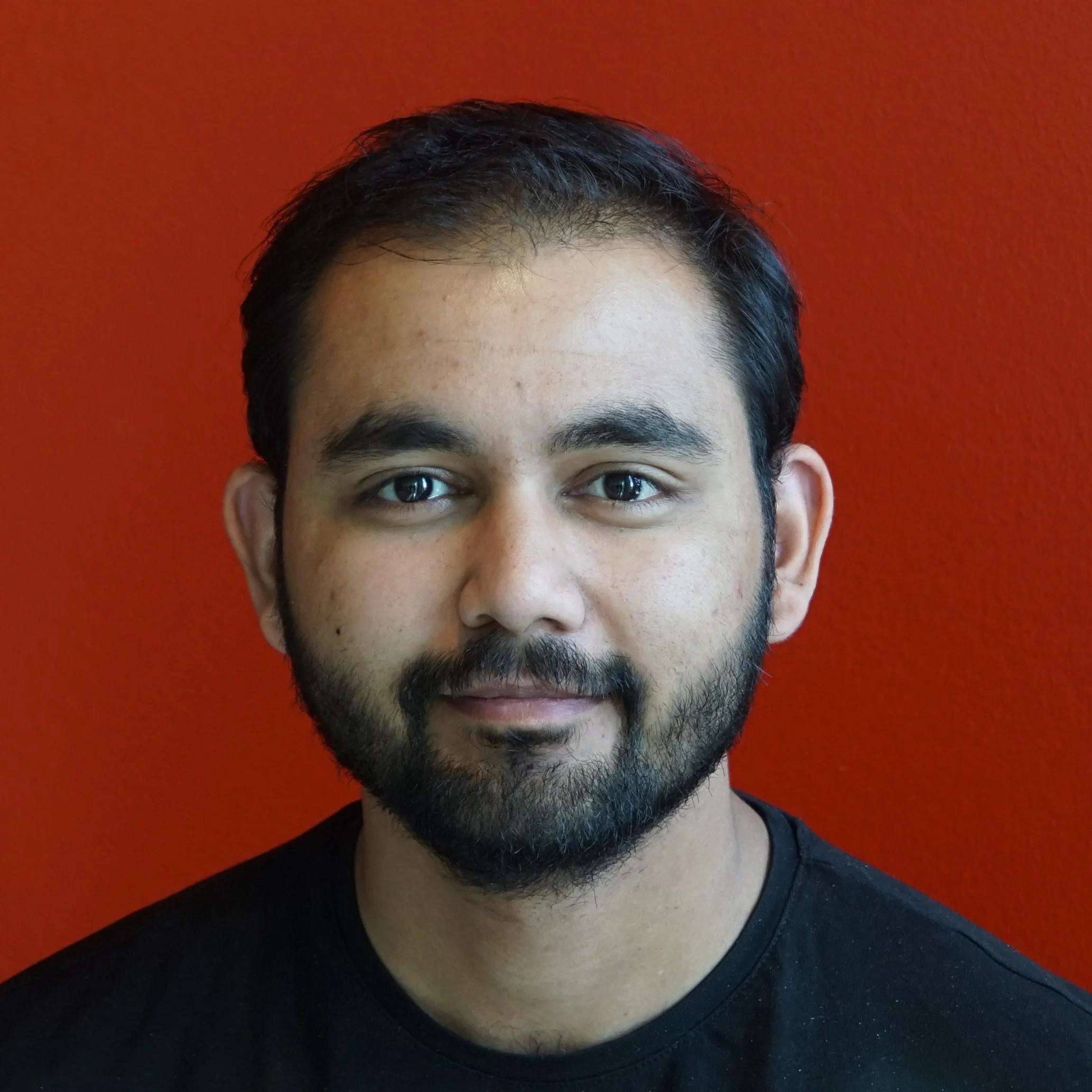
Gaurav Singh Rathore, PhD
UCSF
Dr. Rathore works in Mercedes Paredes’ lab at UCSF. His research investigates how epigenetic mechanisms regulate the earliest steps of human brain patterning. Using the MiSTR (microfluidic stem cell regionalisation) model, he will chart the regulatory landscape of neural tube development at single-cell resolution. This work will illuminate how early molecular programs establish regional brain identities and how their disruption may contribute to neurodevelopmental disorders.
-

Ali Sadeghi, PhD
University of Washington
Dr. Sadeghi works in Christoph Hofstetter’s lab at University of Washington. His research interest lies in advancing BCI, neuromodulation, and regenerative therapies to restore function after brain and spinal cord injury. His current research aims to develop a novel combined electrical stimulation and pharmacological therapy to modulate spinal reflex and perfusion to alleviate spasticity and enhance hand function after cervical spinal cord injury.
-

Omer Sharon, PhD
UC Berkeley
Dr Sharon works at Matt Walker's and Miki Lustig labs at UC Berkeley. His work capitalizes on a novel quiet, wearable EEG-fMRI platform to non-invasively image whole-brain activity in sleeping humans. The research will delineate neurophysiological mechanisms by which sleep recalibrates large-scale brain connectivity and its relation to next day performance in young adults and older adults with different levels of Alzhimer's Disease pathology. It will also investigate how these restorative processes are disrupted by sleep fragmentation. His overarching goal is to uncover why the human brain must sleep.
-
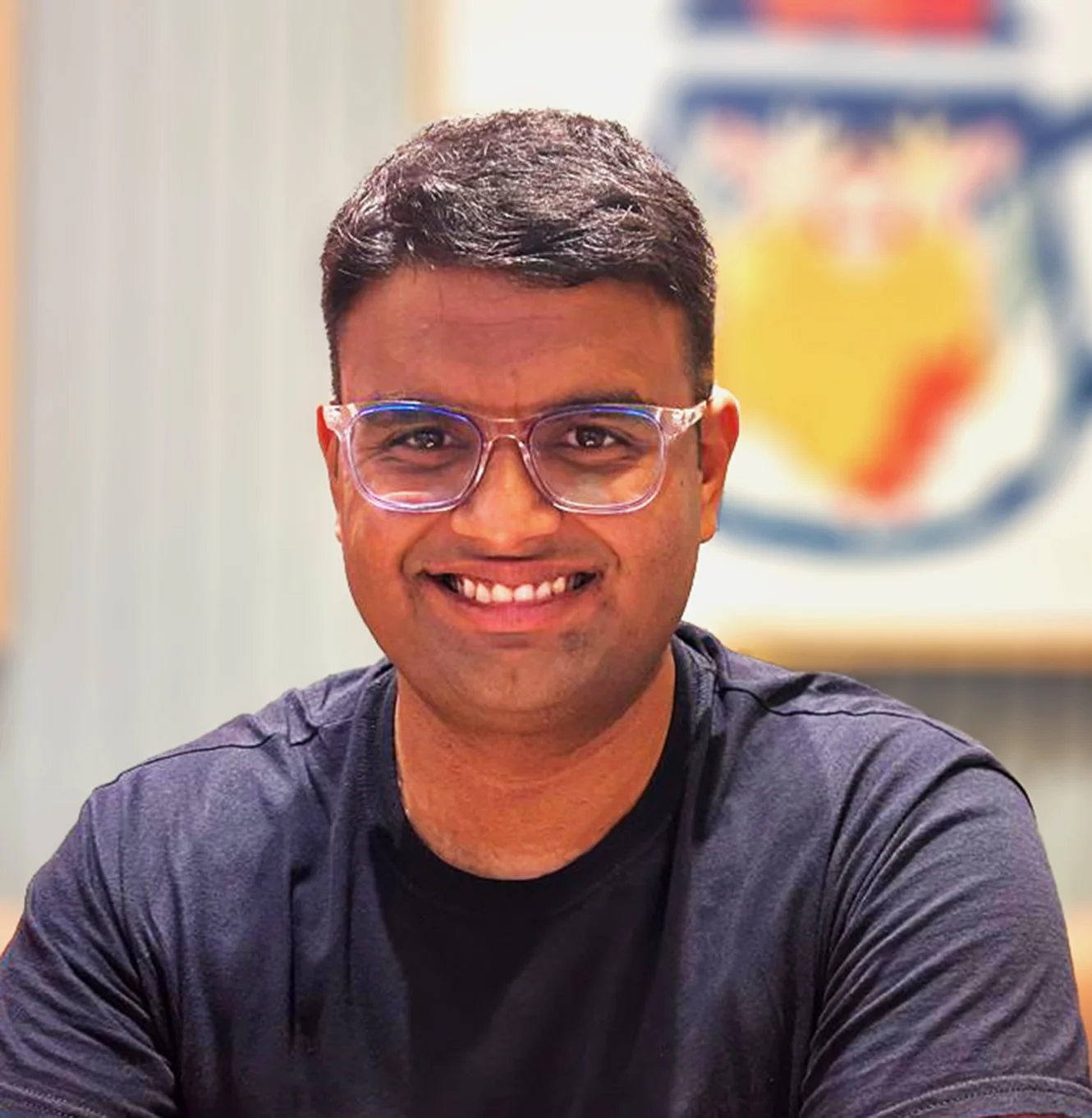
Ritwik Vatsyayan, PhD
UCSF
Dr. Vatsyayan works in Prasad Shirvalkar’s lab at UCSF. His interest lies in understanding how electrical stimulation modulates brain networks involved in chronic pain, particularly through the analysis of data from patients implanted with sEEG electrodes, with the aim of developing dynamic models that can better predict how stimulation reduces pain and guide the brain into healthier states.
-
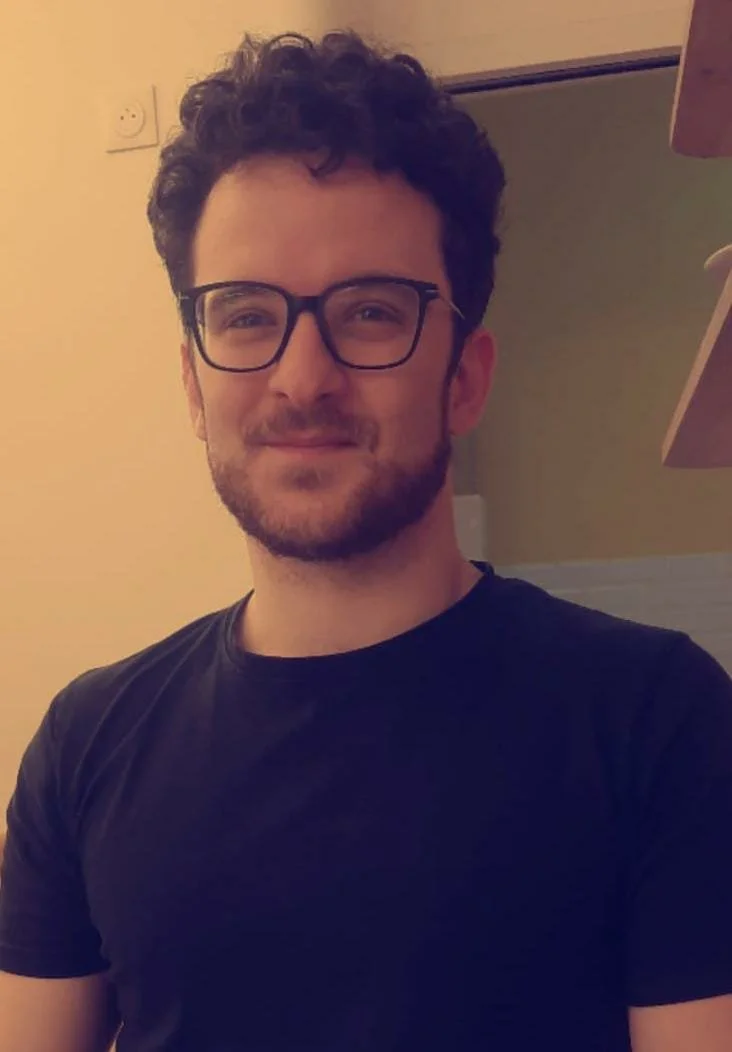
Samuele Virgili, PhD
University of Washington
Dr. Virgili works in the labs of Jacob Yates at UC Berkeley and Fred Rieke and Gregory Horwitz at University of Washington. His project will develop biologically grounded models that link primate retina, thalamus, and cortex responses. By integrating eye movement, these models will improve understanding of visual coding during natural vision and guide the development of next-generation visual prosthetics and treatments for disorders involving disrupted sensorimotor integration.
-
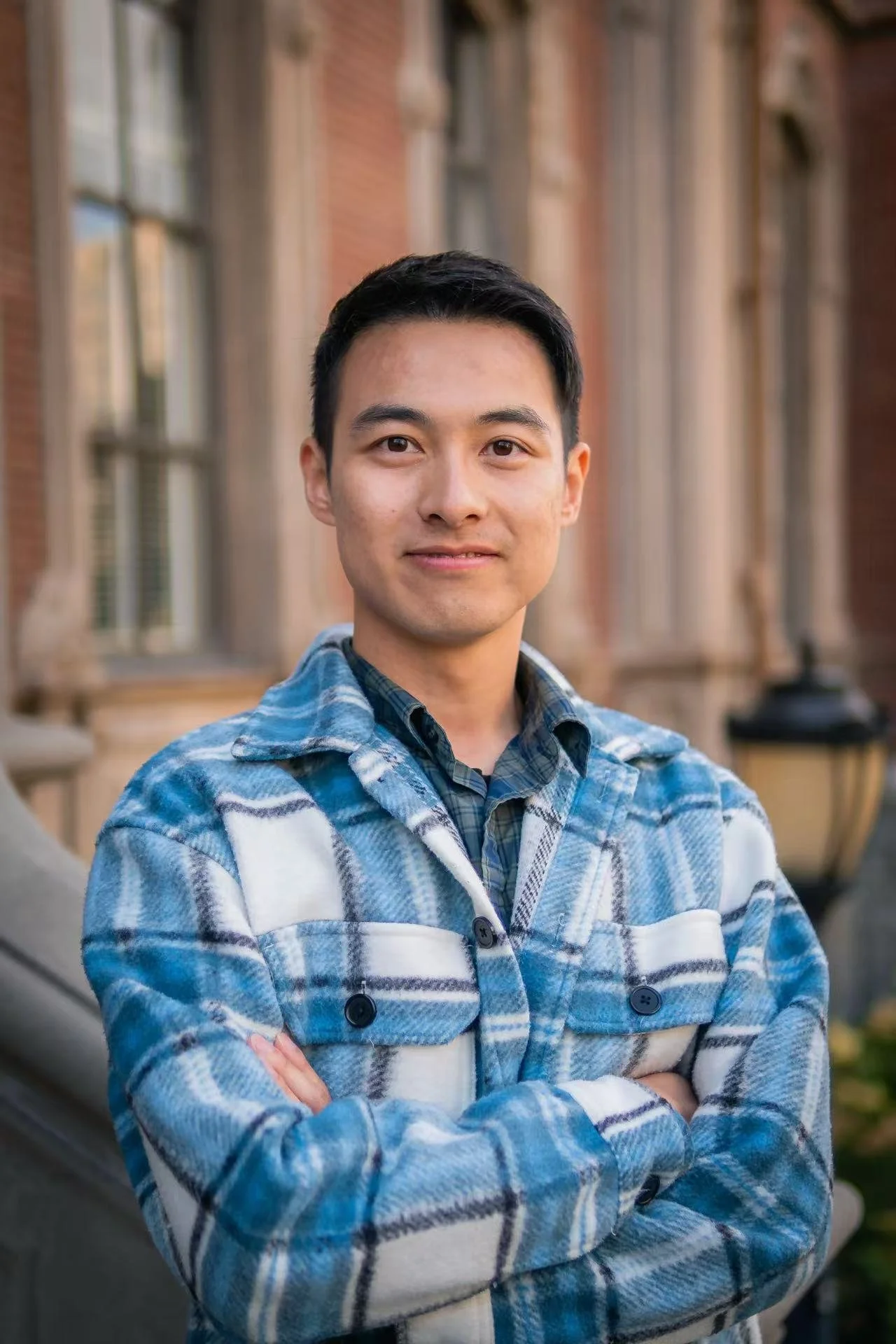
Da Xu, PhD
UC Berkeley
Dr. Xu works in James Nuñez’s lab at UC Berkeley. By integrating CRISPR-based epigenome editing with novel delivery platforms, he aims to establish a next-generation functional genomics system to systematically investigate neuronal gene regulation. Building on this platform, his research seeks to uncover molecular mechanisms underlying neurodegenerative diseases and to provide a broadly applicable resource for neuroscience research.
